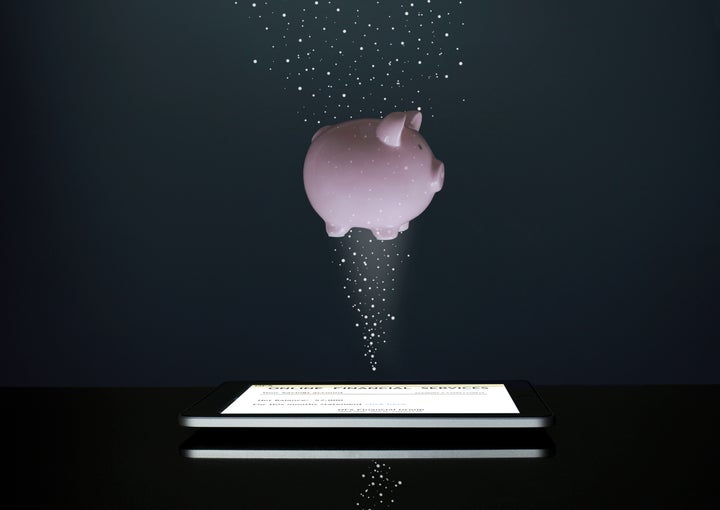“What a Time to be Alive” is a meme the internet often uses to poke fun at some of the world’s latest technological advances – like face-aging apps or Jennifer Aniston being on Instagram. Put that sarcasm aside, though, and it’s funny because it’s absolutely true. We live in a sophisticated digital world where many of life’s most important tasks, from shopping to banking to communication, are done in an instant, online and from anywhere.
But this marvel of digital convenience comes at a price. As the personal information and financial data required to make this all possible lives out there in the algorithmic ether, protecting it from online fraud is of the utmost priority.
“35 per cent of Canadians believe that their personal and financial data isn’t as safe as it was five years ago”
In fact, according to a recent study by Interac, 35 per cent of Canadians believe that their personal and financial data isn’t as safe as it was five years ago, with a whopping 91 per cent of them concerned that their information stored online could be compromised.
As Canadians share more and more information online, hackers and so-called “clickpocket” fraudsters are getting more sophisticated by the day – taking aim at your vulnerabilities and using means such as weak passwords, email phishing scams and even masquerading as a person or business you trust.
And while financial institutions have sophisticated tech to prevent fraud and sniff out would-be threats, the best defence is to adopt some good online habits. In collaboration with Interac, here are four ways to keep your personal information safe online.


It seems ridiculous that in this digital day and age, the top stolen passwords that hackers use still include such cyphers as “password,” “1234” and “12345678.” According to Interac, a good password should be “ugly” – those that contain a variety of characters in unusual combinations. They’re harder to crack, and keep your information safer. Best practices for this include creating a password with a minimum length of eight characters, a combination of upper- and lower-case letters and at least one number and special character. It’s also recommended that you not use the same password for multiple accounts and that you change them every six months. Using a password manager tool, available online, is also a good way to keep track and manage your passwords.


Not to disrespect Glengarry Glen Ross, but ABS – Always Be Suspicious. Phishing scams will send you emails or other communications attempting to get you to click on fraudulent links that will ask you to log into your email, online banking or to accept funds via an online money transfer, such as an Interac e-Transfer. If the transaction seems fishy, is unexpected or you don’t know the person or institution, call them directly (not using credentials from the same email or text) to verify.
Another tip is that you can also hover your mouse over the link or sender’s email address to reveal the URL, which are often full of cryptic characters and are clearly not from the institution they presume to be. If it’s an Interac e-Transfer, forward the email to phishing@interac.ca so they can investigate.


Be street-smart when sending money through Interac e-Transfers or digital payments. Interac recommends that you always make sure you have the correct email address when sending money and that you know and trust the person or vendor. Smart security questions are also essential – don’t make them easy. In fact, you and the recipient may want to agree on a shared security question, say over the phone, before sending, and never send the answer to them over email in the event that your email account has been compromised. This way, you could enter “what’s the security password I gave you?” and you’ll be safe.


If you’re using Interac e-Transfer to send money, the Autodeposit feature removes the need for sending or receiving security questions and answers or going into your email account to accept. Registering for the service allows the funds to go directly into your bank account, and if the sender’s banking institution is participating in the feature, they’ll automatically be able to use it. It’s fast, easy and extremely convenient.
The path forward is exciting. To learn more about cybersecurity and how Interac could play a role, visit their website.